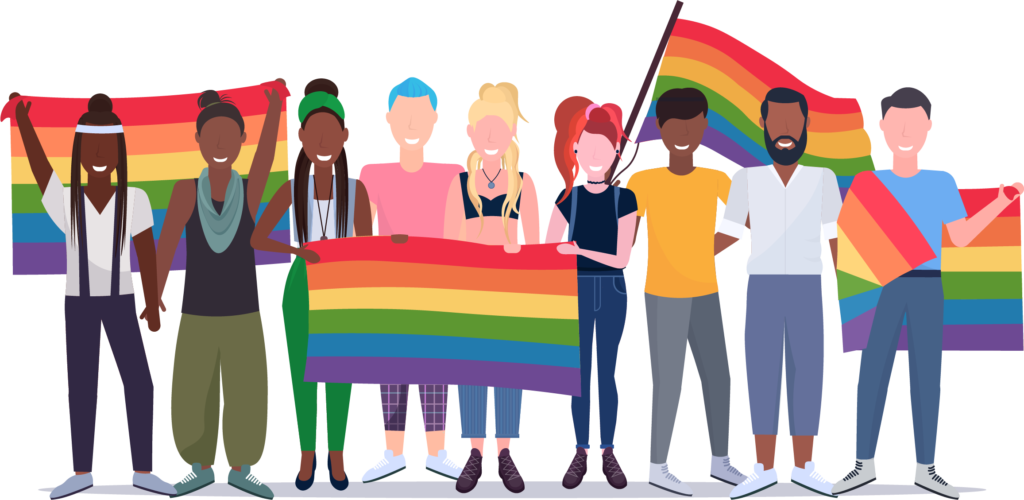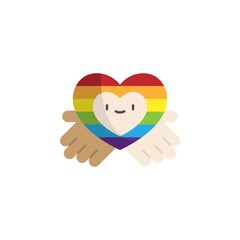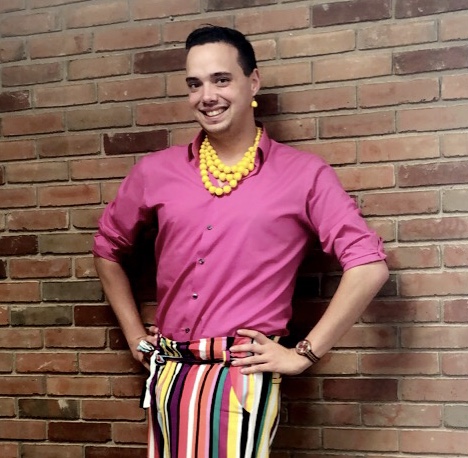
Basic Needs: Food, Water, Shelter, Clothing
People who are LGBTQA+ are approximately 120% more likely to experience homelessness than non-LGBTQA+ individuals. LGBTQA+ individuals can be rejected from their family or be denied housing because of their gender identity or sexuality and become homeless. Many food banks, shelters, and clothing places may not be LGBTQA+ friendly, limiting LGBTQA+ individuals from accessing basic needs.
A resource to help with basic needs: https://www.211.org/pages/about





